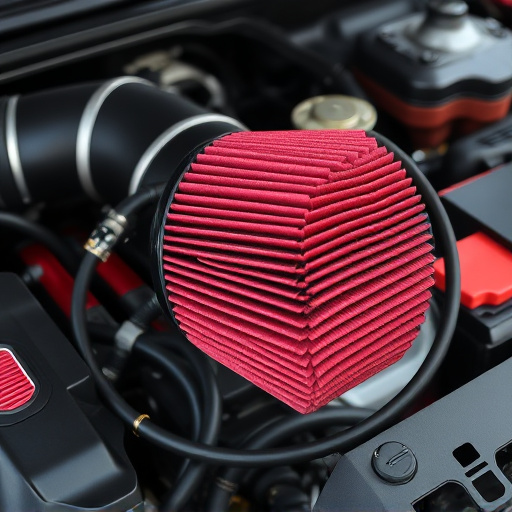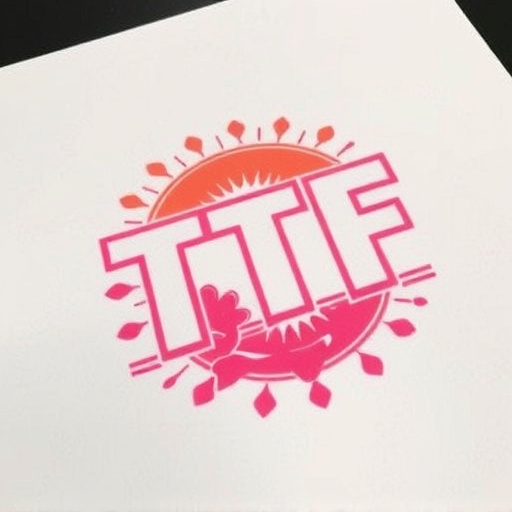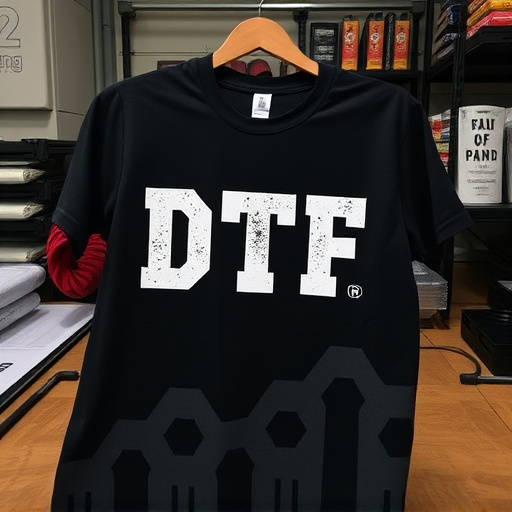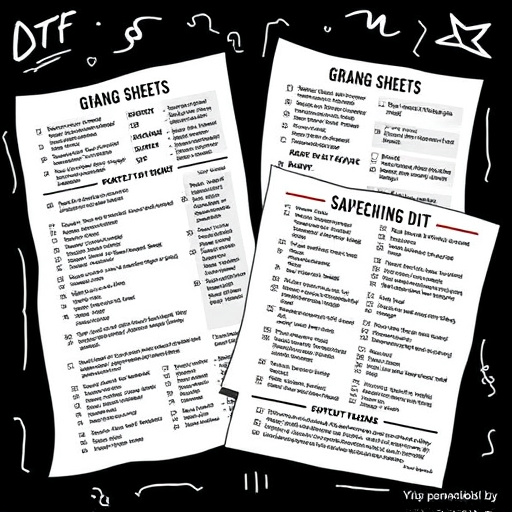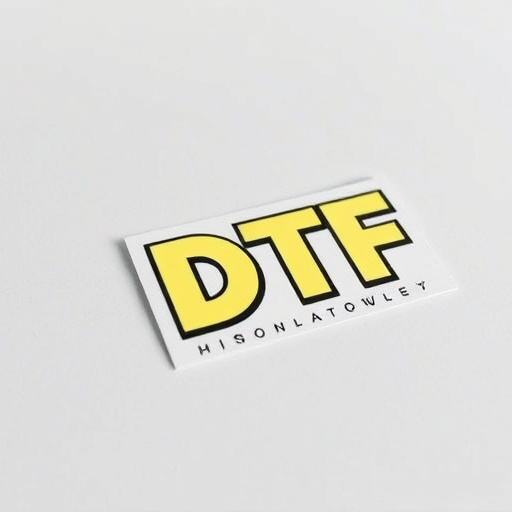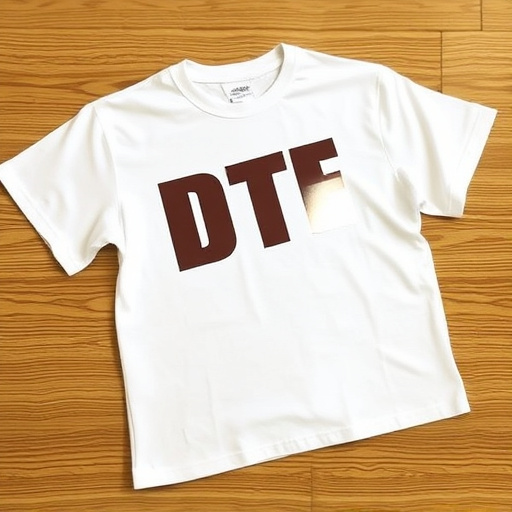Preparing DTF Print Sheets requires understanding specific file format, color mode (CMYK), and resolution (300 DPI) standards for accurate printing on fabrics like hoodies. Key considerations include using vector SVG or high-resolution raster formats, minimizing noise, smoothing gradients, and adhering to print sheet size and layout guidelines for optimal results. Correct color management and dimensions enhance print clarity while streamlining production flow, especially for intricate designs.
Looking to streamline your print process with DTF (Direct to Film) Print Sheets? This guide equips you with essential knowledge to prepare artwork files optimally. First, grasp the key requirements of DTF Print Sheets. Next, learn how to enhance your designs for superior quality output. Lastly, discover best practices to ensure efficient production flow. Optimize your artwork and elevate your DTF printing experience.
- Understand DTF Print Sheets Requirements
- Optimize Artwork for Maximum Quality
- Prepare Files for Efficient Production Flow
Understand DTF Print Sheets Requirements
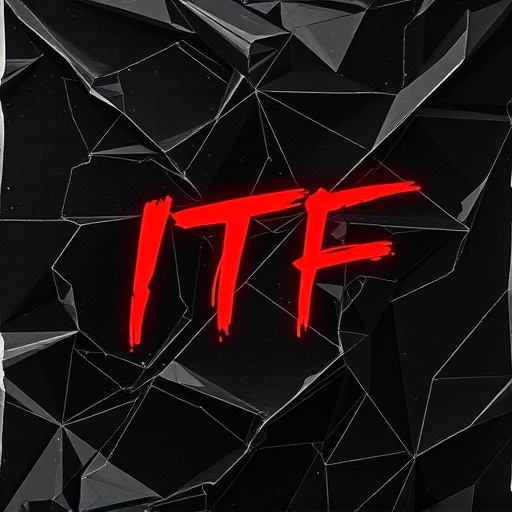
When preparing artwork files for DTF (Direct to Fabric) Print Sheets orders, understanding the specific requirements is paramount. DTF Print Sheets offer a versatile and efficient method for creating custom designs on various fabrics, from t-shirts to hoodies. The process involves transferring ink directly onto the fabric surface without the need for intermediate materials like screens or plates. This innovative technique has revolutionized the way custom apparel is produced, enabling faster turnaround times and more intricate design possibilities.
To ensure your artwork files are optimized for DTF printing, pay close attention to file formats (such as vector SVG or high-resolution raster PNG/JPEG), color modes (CMYK for printing accuracy), and resolution (typically 300 DPI for crisp details). Additionally, understanding the size and layout guidelines of the print sheets is crucial, especially when designing for custom t-shirts or hoodies. This involves considering not only the physical dimensions of the garment but also the cutting patterns and placement of designs to achieve the desired final product.
Optimize Artwork for Maximum Quality
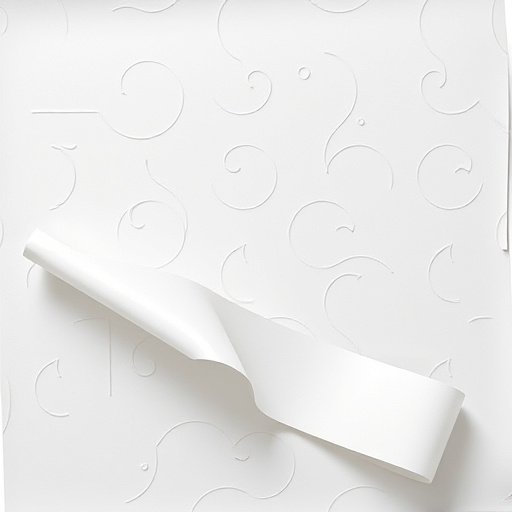
To ensure top-quality DTF Print Sheets, optimizing your artwork is a crucial step. When preparing files for this specific printing method, consider the unique requirements of the process. For instance, high resolution and proper color profiles are essential to achieving sharp details and vibrant colors on final products like hoodies or other garments. Using the correct dimensions and file format (such as PDF) tailored for DTF printing guarantees that your designs will look their best when transferred via heat press onto custom sheets.
Remember that the goal is to produce clear, precise prints, so minimizing noise, ensuring smooth gradients, and removing any unnecessary elements or background distractions can significantly enhance the overall outcome. Additionally, understanding color management and choosing the appropriate color space (like CMYK) for your DTF printing for hoodies or custom sheets for heat pressing designs onto garments can prevent color shifts during production. This meticulous attention to detail will result in professional-grade DTF transfers.
Prepare Files for Efficient Production Flow
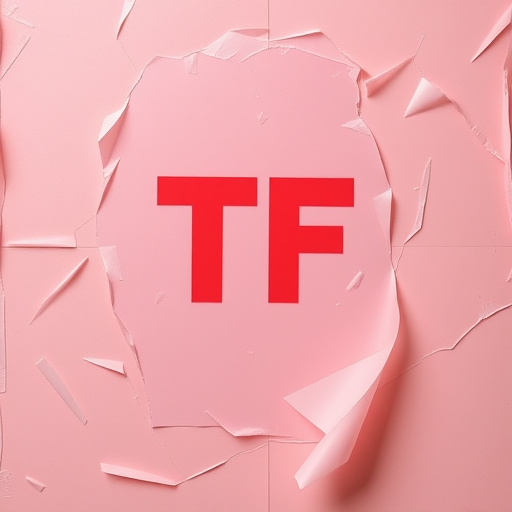
To ensure a seamless production process for DTF Print Sheets orders, it’s crucial to prepare artwork files that align with specific technical requirements. This means ensuring your designs are optimized for direct-to-film (DTF) printing, as this method requires precise file formats and resolutions. Start by converting all graphics to vector format, which is ideal for maintaining sharpness at various scales. For text elements, use outlines to prevent any potential blurring or distortion during the printing process.
Additionally, consider the overall file size and resolution recommended by your printer. High-resolution images can offer exceptional detail but might increase file size; thus, balancing quality and file size is key. Removing unnecessary elements or compressing images wisely can help maintain visual fidelity while keeping files manageable for efficient production flow, especially when dealing with intricate designs like cold peel DTF transfers on personalized hoodies. Remember, the right preparation of artwork files will not only speed up production but also guarantee outstanding print quality.
When preparing artwork files for DTF Print Sheets orders, ensuring optimal quality and efficient production is key. By understanding the specific requirements, optimizing your designs, and formatting files correctly, you can streamline the printing process and deliver exceptional results. Remember to prioritize detail, color accuracy, and file size optimization to make your DTF Print Sheets stand out in a competitive market.





